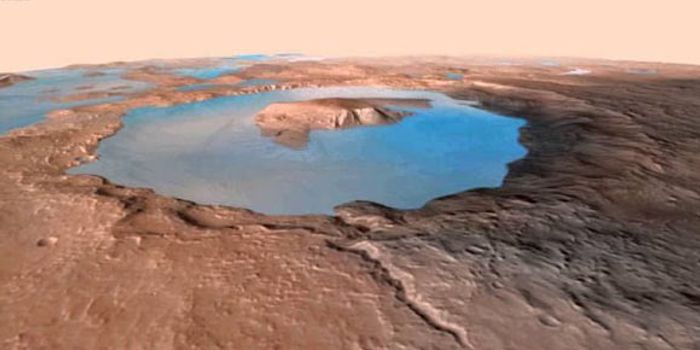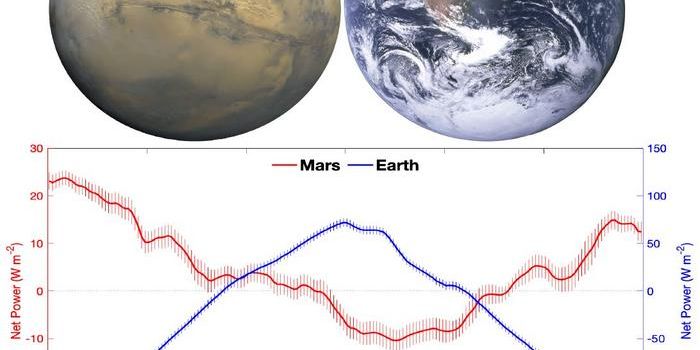Star Cluster Born Outside of Our Galaxy is Discovered in the Milky Way
Scientists have reported the discovery of a vast stream of stars called Nyx in the vicinity of the sun. The findings, which have been reported in Nature Astronomy, may be evidence that a dwarf galaxy merged with the Milky Way. These stellar streams may be dwarf galaxies or globular clusters that get stretched out by tidal forces before being totally disrupted.
"If there are any clumps of stars that are moving together in a particular fashion, that usually tells us that there is a reason that they're moving together," said Lina Necib, a postdoctoral scholar in theoretical physics at Caltech who studies the motions or kinematics of stars.
Since 2014, a team of researchers from various institutions have been conducting detailed, realistic simulations of galaxies, including their formation and evolution, in a project called FIRE (Feedback In Realistic Environments). The European Space Agency started the Gaia space observatory in 2013 to generate a precise three-dimensional map of around one billion stars in the Milky Way and beyond.
"It's the largest kinematic study to date. The observatory provides the motions of one billion stars," said Necib. "A subset of it, seven million stars, have 3D velocities, which means that we can know exactly where a star is and its motion. We've gone from very small datasets to doing massive analyses that we couldn't do before to understand the structure of the Milky Way."
FIRE and Gaia came together to reveal Nyx through deep learning methods, and the projects may help show how there Milky Way formed.
"Galaxies form by swallowing other galaxies," Necib said. "We've assumed that the Milky Way had a quiet merger history, and for awhile, it was concerning how quiet it was because our simulations show a lot of mergers. Now, with access to a lot of smaller structures, we understand it wasn't as quiet as it seemed. It's very powerful to have all these tools, data, and simulations. All of them have to be used at once to disentangle this problem. We're at the beginning stages of being able to really understand the formation of the Milky Way."
The video above illustrates what might happen when the Milky Way and a dwarf galaxy interact.
Humans are not very good at processing a map of millions of stars. "Before, astronomers had to do a lot of looking and plotting, and maybe use some clustering algorithms. But that's not really possible anymore," Necib said. "We can't stare at seven million stars and figure out what they're doing."
The researchers found a way to track the movements of every star in a virtual galaxy, labeling each by whether they were born in a host galaxy or a merged galaxy. This data trained a deep learning algorithm that was tested using FIRE simulations and then applied to Gaia data.
"We asked the neural network, 'Based on what you've learned, can you label if the stars were accreted or not?'" Necib said. Stars were ranked on the likelihood that they were born outside the Milky Way on a scale of zero to one. They validated the tool on parts of the galaxy we know about.
The model then picked up on another structure, a cluster of 250 stars that rotate with the disk of the Milky Way but are also moving towards the galaxy's center.
"Your first instinct is that you have a bug," Necib recounted. "And you're like, 'Oh no!' So, I didn't tell any of my collaborators for three weeks. Then I started realizing it's not a bug, it's actually real and it's new." The team also took some time to confirm that it had not already been discovered.
Now Necib and her team will explore Nyx with ground-based telescopes. They hope to learn more about when Nyx came into the Milky Way, and potentially, where it came from.
Sources: AAAS/Eurekalert! via University of Texas at Austin, Texas Advanced Computing Center, Nature Astronomy









